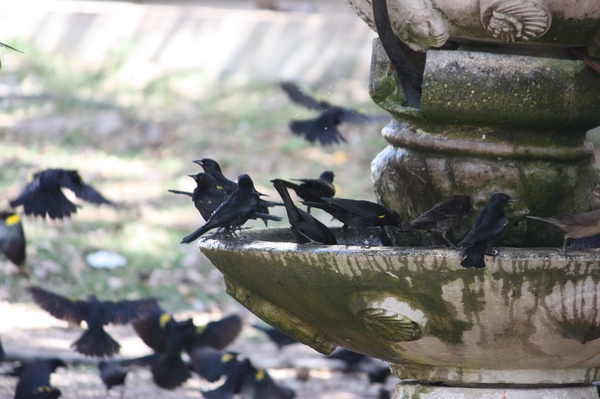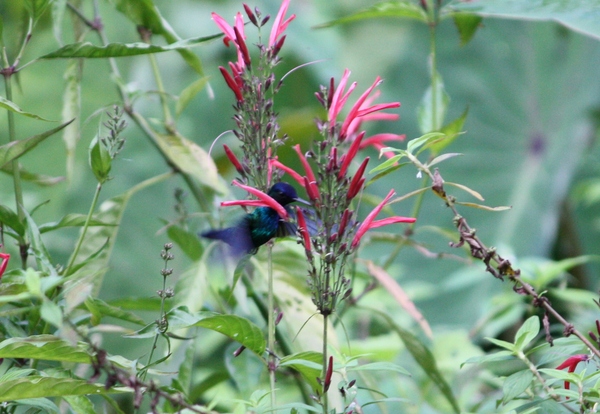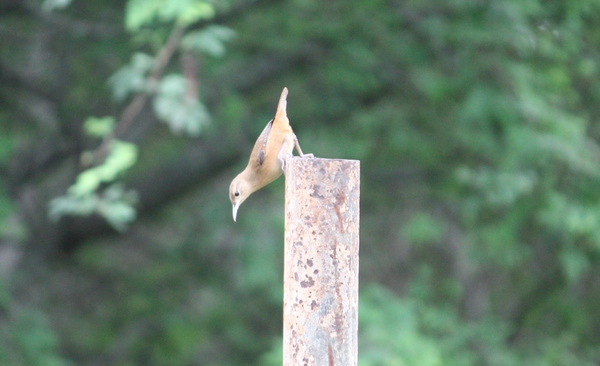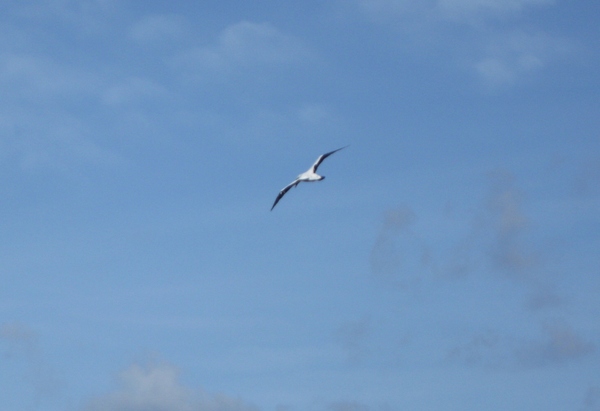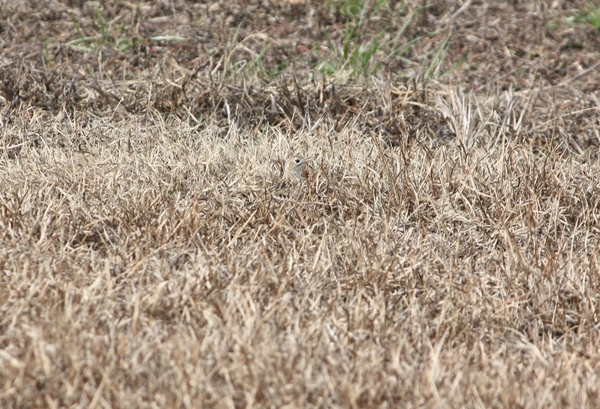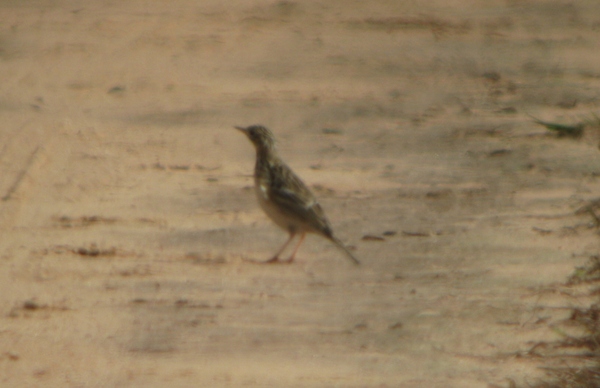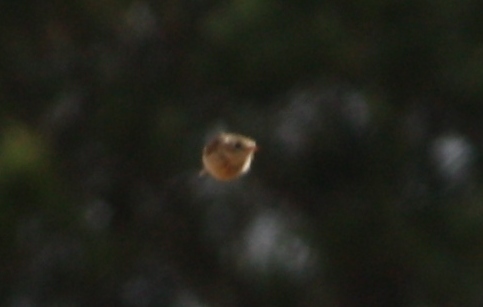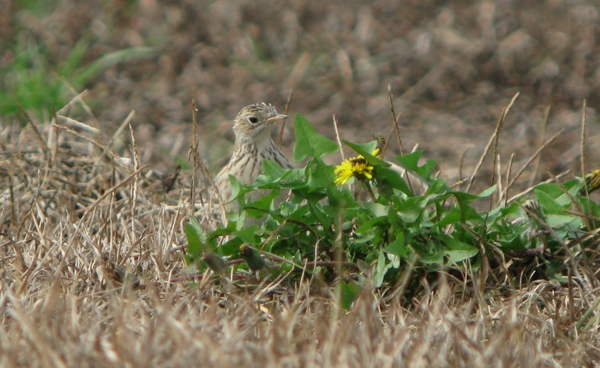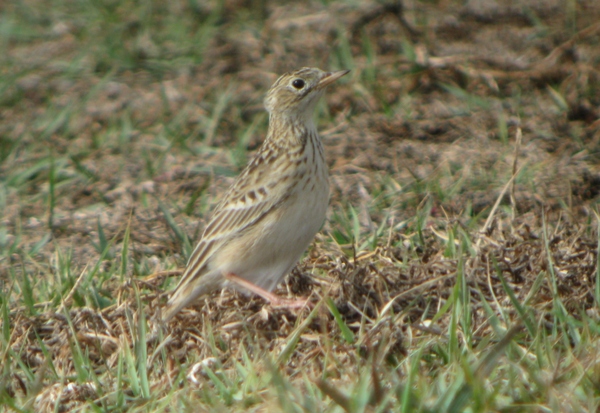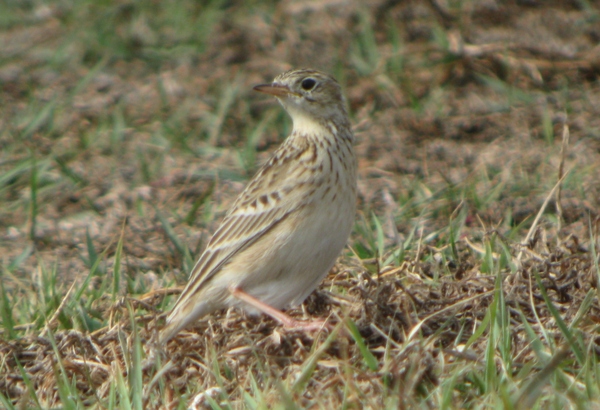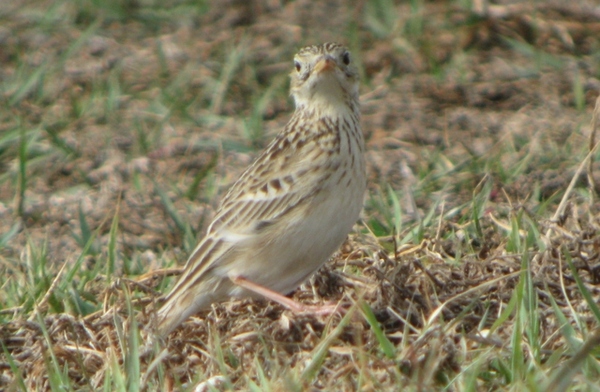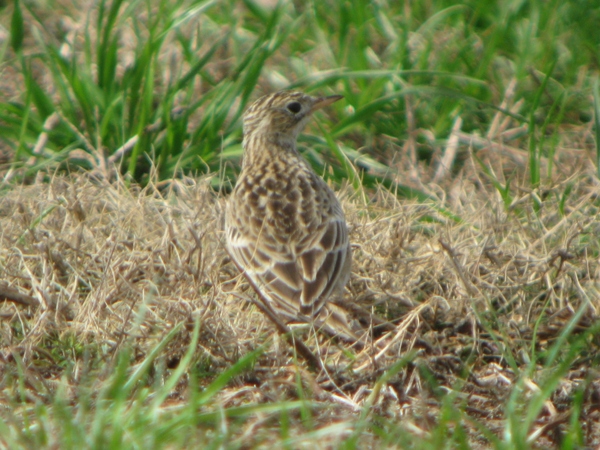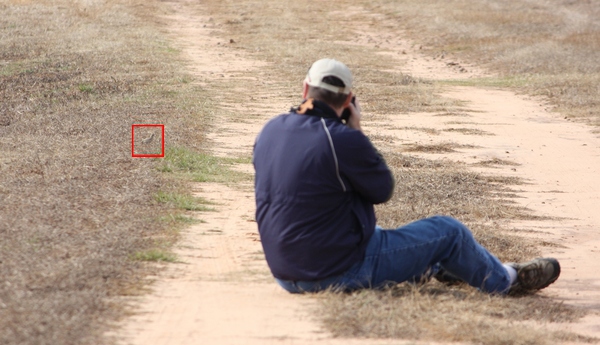Puerto Rico, Day 1
As I write this it’s snowing. On Christmas. In Georgia. It doesn’t seem right that just two and a half weeks ago my wife and I were in warm and sunny Puerto Rico. Thinking back on 80 degree temperatures and all those Caribbean birds feels nice right now.
I had originally planned to be in Peru during the first part of December, but those plans fell through. That left me with a lot of vacation days to be used. My wife and I had been considering taking a Caribbean cruise next spring, so we just decided to move that up a bit. It seemed to meet all the requirements: warm, birds, non-bird stuff, and warm. We decided on a seven day southern Caribbean cruise originating out of San Juan, Puerto Rico that had stops on St. Thomas, St. Croix, Antigua, Dominica, and Grenada. We would fly to Puerto Rico early so that we’d have three nights there before the cruise started.
December 8
It was with a good measure of sadness that we left our daughter in the capable hands of her grandparents while my dad drove us to the airport. It was below freezing in pre-dawn Atlanta when we arrived at the airport. Six or seven hours later, sunshine and humid air in the low 80’s greeted us as we stepped outside in San Juan. As we waited for the van to take us to the rental car, I spotted the first birds of the trip: Rock Pigeons and House Sparrows. Of course. Some Greater Antillean Grackles, although not a lifer for me, were much more welcome.
The plan was to get the car and make the relatively long drive to the southwestern corner of the island where we would stay the next three nights. Puerto Rico has 17 endemic birds, and all but one can be found in that part of the island. The lone exception, the Puerto Rican Parrot, is critically endangered and almost impossible to find in its eastern mountain haunts. I’d love to try for it, but put it off until I have more time to devote to it.
Unfortunately, most of the day was spent driving, so the only birds seen were from the car. The ubiquitous Gray Kingbird was the bird most often seen, but did see a few American Kestrels, a single group of Smooth-billed Ani, and many Cattle Egrets along the road.
After checking in to our hotel in Parguera, I had hoped there would be time to get to the Guanica State Forest before nightfall to try for the Puerto Rican Nightjar. From my research, it seemed like the best way to see this secretive bird is to walk in from the gate, which would be closed at that time. But it was dark before we could get there, so I decided to drive along PR 333, which skirts the southern edge of the dry forest. I hoped to hear a nightjar or even see one on the road. But it was a total bust. I heard nothing, and even if I had, the high traffic and lack of places to pull off the road would have kept me from doing anything about it. I’d have to try again later, after scouting out the area in the daylight.
With very few birds seen, and no lifers yet, I looked forward to a full day in Puerto Rico.
Tags: Caribbean Cruise 2010, Puerto Rico Posted in
Posted in 
